What is Coal and Should We Abandon It For a More Renewable Energy?
Coal is a solid hydrocarbon which is produced by the compaction below the soil for a very long time by action of geological forces below the earth and the accumulation of vegetation which existed a long time ago in a matter in favorable conditions. Currently, it is the largest single source of energy for the metallurgical industry and also for the electric companies. However, coal is not usually burned directly to serve as an energy source; instead, it is first converted to other products such as coke, tar and coal gases before it is fully utilized.
How do they ensure the quality of the coal they use?
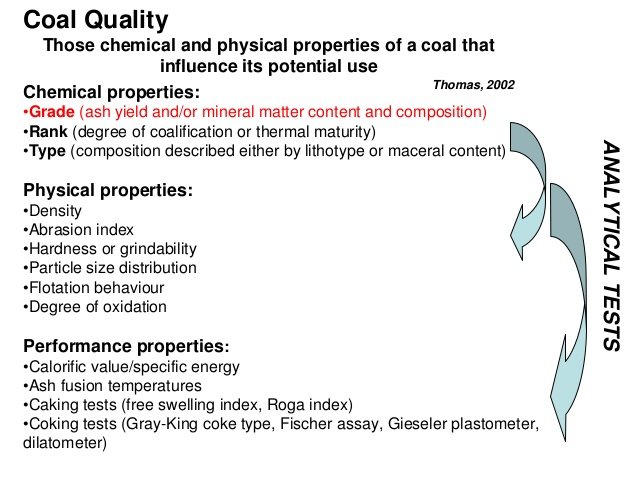
The analytical methods are usually performed to measure the physical and chemical properties of coal that help in indicating its suitability for its different uses. The uses of coal vary in every industry and thus indicating that there should be a proper measurement of its properties. Furthermore, various methods are used to analyze coal. The most common method is the proximate coal analysis. It consists of a more in-depth process of determining important compositions and properties of coal. The proximate analysis is an empirical analysis which classifies coal based on its fixed carbon, volatile matter, ash and moisture content.
How to make a proximate analysis of coal?
To provide an accurate scientific data, we perform an experiment wherein the proximate analysis of coal was conducted was based on ASTM D3173-73 which consists of several determinations. This analysis is divided into 4 step with regards to the standard of the ASTM D3173-73.
Primarily, three (3) two grams of crushed coal samples were weighed and placed in separate crucibles. To identify the moisture content of the said samples, they were placed in an oven at a temperature of 104-110◦C for 1 hour. Afterwards, the crucibles containing the samples were allowed to cool for a moment before they were stored inside a desiccator. Storing the samples inside the desiccator is important to keep away excess moisture. The samples were then weighed and stored back in the desiccator.
Secondly, the amount of ash content present was identified by once again heating the samples from the moisture determination in the muffle furnace until complete combustion occurs, but this time in a higher temperature of 750◦C. The samples were weighed after cooling to determine the exact amount of ash.
The next objective was to determine the amount of volatile matter still present in the samples. The samples were heated inside a muffle furnace with a temperature of 950◦C for 7 minutes to eliminate the volatile matter; hence upon weighing the samples after cooling, the amount of volatile matter was identified.
To determine the percentage of the fixed carbon in the samples, the percentages of moisture content, ash content and volatile matter were added and then subtracted from 100.

Table 1: Proximate Analysis of 2 Grams of Coal

Table 2: Fixed Carbon Computation
In table 1, data are obtained from the difference between the original sample weight and the heated sample. Data shows that all the sample have a relatively small moisture content which is an ideal property for coal power plant which uses coal as primary raw material.
The coals also have relatively small ash content which is another important parameter of coal. Ash reduces the calorific value of coals. Burning coals on a large scale require knowledge of their ash contents.
The volatile matter analysis uses only 1 sample and contained 0.195 which is also relatively small. This is one of the major ways to determine the best uses for coal from different areas. Some types have higher concentrations of certain materials, and that allows that particular coal to perform better in certain functions.
In table 2, the fixed carbon is 98.485%. Fixed carbon is the solid combustible residue that remains after a coal particle is heated and the volatile matter is expelled. The fixed carbon content of a coal is determined by subtracting the percentages of moisture, volatile matter, and ash from a sample. Since gas-solid combustion reactions are slower than gas-gas reactions, high fixed-carbon content indicates that the coal will require a long combustion time.
Observing from the data obtained, it is concluded that these analyses are important in determining the parameters examining a coal. Proximate analysis helps in giving a vague idea about the quality of coal used in different industries based on their requirements.
Definitely, there are still many properties which company demands before signing any agreement with a coal mining company.
Effects of Coal in our Environment
With the rapid development of many countries especially the developed and developing countries, the use of power consumptions of electricity and coal products also increases to provide the drive for the growth of these countries. We cannot directly take out the coal out of the equation of our daily lives as it will affect us in many ways. Due to this increasing demands, the effects of coal slowly impacting us as a whole.
"The environmental impact of the coal industry includes issues such as land use, waste management, water and air pollution, caused by the coal mining, processing and the use of its products. In addition to atmospheric pollution, coal burning produces hundreds of millions of tons of solid waste products annually, including fly ash, bottom ash, and flue-gas desulfurization sludge that contain mercury, uranium, thorium, arsenic, and other heavy metals."
Using coal comes with many cons that will affect us in the long run and it also raises the concerns for the pollution it creates that contribute to the "Global Warming" of the world.
Deciding whether we should abandon it or not comes with many factors that must be considered. Abandoning coal energy especially for the developing countries is very hard as coal provides the cheap reliable source of energy for the country. It will be very expensive for these developing countries to coup up to the cost that may come for abandoning the coal.
Renewable energy is not cheap in a larger perspective. It also comes with its own disadvantages such as destroying the natural habitats in the river by building a River Dam and clearing of the trees and vegetation for the building of the solar panels. Regardless of what we choose, it has a different effect on all of us. Deciding what will we choose will matter who weighs more in terms of advantages and disadvantages it provides.
So What Should We Do About It?
There are no easy answers to whether we should abandon coal altogether and use alternative energy sources instead, and what is right for one country may not be right for others. Certainly in the UK the days of large-scale coal mining are long gone, and we are unlikely to see a return to relying on coal as an energy source. Other countries such as China and India are not as far along the renewables or alternative energy pathway as we are, and although grants and encouragement can be given to coax them along, there is little the international community can do to force the issue. It is all very well having a UN spokesperson demanding that all coal be left in the ground, but without reasonably priced alternatives, many countries will be reluctant to abandon their fossil fuels anytime soon.
The conflict of interest will be different for every country. Developed nations will likely to use the renewable energy, for they know it will beneficial for them in the long run. But due to economic considerations, it will be hard for the developing countries to adapt with this change of energy consumption source.
How about you? Should we abandon coal energy for the renewable energy? Comment below.
References:
1, 2, 3, 4, 5, 6, 6, & 7
Photo sources:
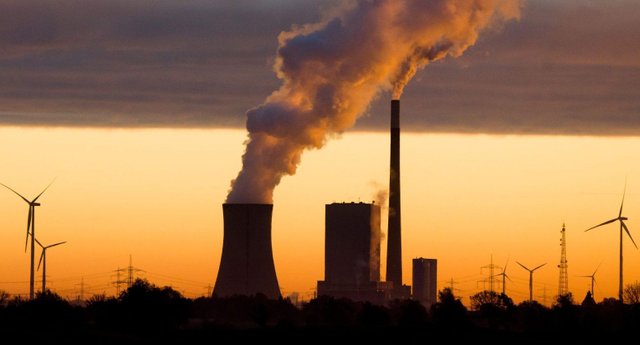
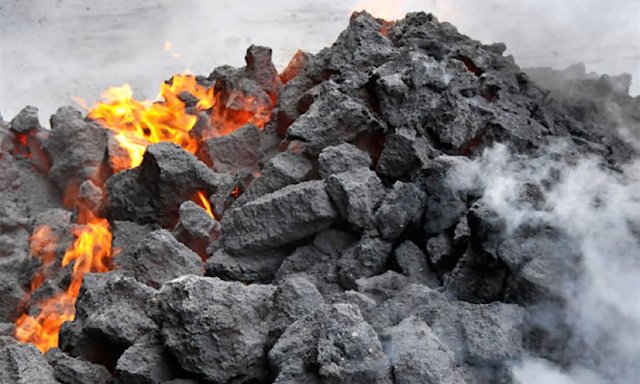
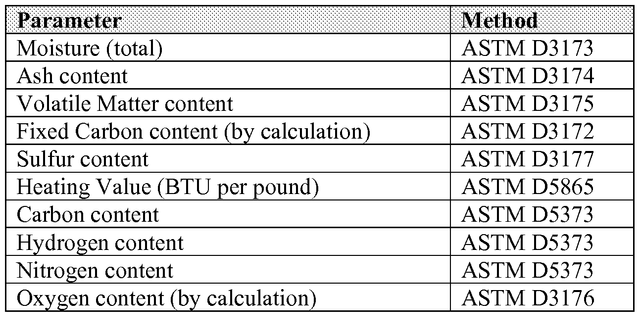
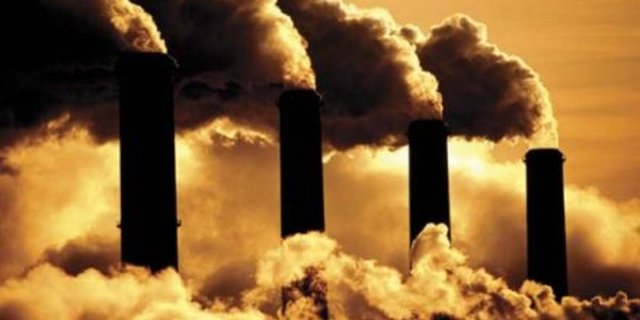


Renewable energy may be expensive but it’s environmental friendly. We should think more about everyone’s benefit, not only the profit of one company or institution.
I agree. It will ve beneficial in the long run. Lahi rjud ning environment activist.
Mas nindut sad renewable uy kay limitless imo sources. Sa coal kay mahurot raman sad na kadugayan
Really coal is harmful for our earth and human being. This post is also related to me in which I wrote about renewable energy. Thanks
Ohh i will read it later. Thanks
Coal is extremely inefficient for producing energy and many people worry its pollution is destroying our planet. The reason that it is still around today is because renewables do not produce the capacity necessary to power our society. Coal is used to make up the difference in energy demand.
An alternative to coal in nuclear energy which is reliable and pollution free. If we expanded our nuclear energy production then we could rely upon it heavily to power what renewables are not capable of with zero carbon emissions. The replacement of coal to nuclear could send us into an age of almost unlimited electricity for all with no environmental repercussions.
I agree. Nuclear energy is more powerful than any kind of energy but the downside is the disaster that may cause a havoc that will result to a permanent abandonment of a place.
I like what you have for an idea here. Coal is still, unfortunately, the cheapest source of energy. There are already machines and infrastructure that utilize coal as the source. However,there are two choices here: to utilize coal but lessen if not remove its harmful effects or completely stop its usage and substitute with other sources.
I agree. I think there are a lot of studies regarding with the coal on how to minimize the effects of using coal.
There you have it. If we can't avoid coal completely, then we should reinforce such studies. I know the human mind and technology can come up to a solution.